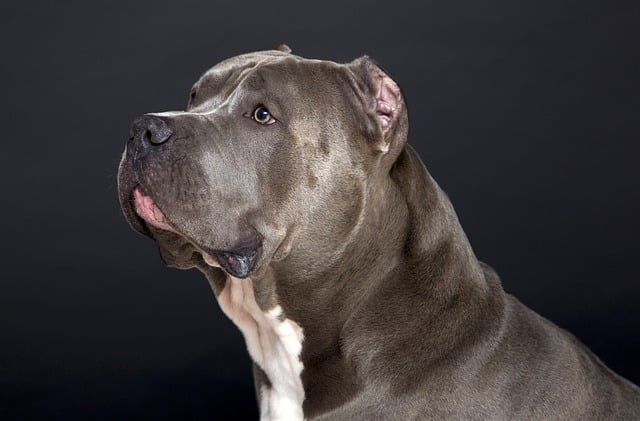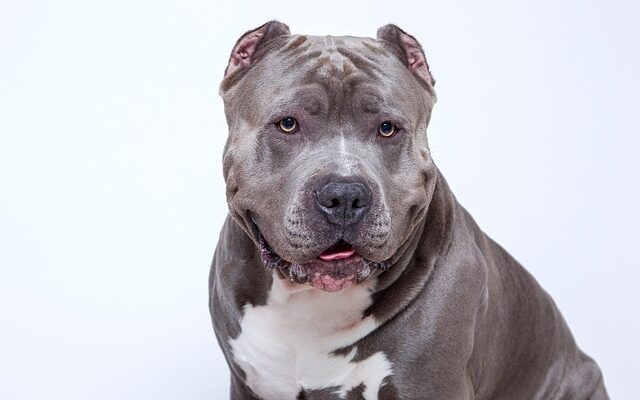The Bulldog stands as a sturdy dog breed which combines affectionate and charming traits to win affection from dog lovers throughout the globe. The Bulldog succeeds as a perfect household companion because they possess their special wrinkled facial features and powerful physique together with a peaceful attitude which suits both those living in homes or apartments and single residents or families. A fully researched Bulldog lifestyle guideline provides details about their history background along with their physical traits and training experiences and dietary needs for exercise routines and grooming practices and healthcare information.
Table of Contents
- Introduction to Bulldogs
- History and Origin
- Physical Characteristics
- Personality and Temperament
- Training a Bulldog
- Exercise and Activity Needs
- Nutritional Requirements and Diet
- Grooming and Hygiene
- Common Health Issues and Preventive Care
- Socialization and Behavior
- Living Conditions and Adaptability
- Fun Activities and Games
- Conclusion
1. Introduction to Bulldogs
The Bulldog breed characterizes itself with faithful behavior combined with amicable and relaxed personality traits. This powerful breed displays both physical toughness and emotional tenderness since they find affectionate households make their ideal environment. The Bulldog breed prefers sedentary activities to those requiring intense movement because they possess low levels of energy.
The Bulldog attracts owners because of its peaceful temperament and close connection with humans making it ideal for people with children and urban residents and beginner dog owners.
2. History and Origin
Bulldogs originated from medieval England during a time when breeders created the breed through bull-baiting event fights before the practice became illegal.
Fun Fact:
England identifies its Bulldog breed as the official national symbol which reflects both British strength and fearless determination.
3. Physical Characteristics

Size and Build
- Height: 14-15 inches
- Weight: 40-50 pounds
- Build: Sturdy, stocky, and muscular
Coat and Colors
All Bulldogs possess a smooth short coat with wide color choices from white to fawn to brindle and red to pied varieties.
- White
- Fawn
- Brindle
- Red
- Pied (a mix of two or more colors)
4. Personality and Temperament
Bulldogs exhibit sweet natured affection while keeping their deep devotion to their master strictly devoted.
Are Bulldogs Suitable for Families?
Yes! Bulldogs excel as family pets because these dogs offer both patience and loving nature.
Are Bulldogs Good Guard Dogs?
Yes and no. Bulldogs maintain protective behavior yet develop friendship with outsiders which makes them perform poorly in guard functions.
5. Training a Bulldog
Bulldogs possess intelligence together with stubbornness therefore training needs both persistence and constant consistency.
Basic Training Tips:
It is best to begin training bulldogs during their puppy stage.
Good behavior among Bulldogs should be rewarded through treats combined with positive verbal recognition.
Bulldog training should never exceed their attention span which remains brief.
Socialization Should Begin Right Away by Introducing Them to New Environments and Various People.
6. Exercise and Activity Needs
Low-energy Bulldogs require moderate exercise as part of their proper health maintenance.
Daily Exercise Needs:
30-45 minutes of light exercise daily
Your Bulldog should receive brief walks alongside soft games combined with mental brain activities.
It is best to avoid strenuous physical activities that happen especially when the temperature is hot.
Exercise your bulldog only during lowered temperatures because this dog breed becomes too hot easily.
7. Nutritional Requirements and Diet
A nutritious diet that involves proper nutrition segments assists Bulldogs in maintaining their physique together with good physical condition.
Recommended Diet:
The muscle development of your American Bulldog requires eating high-quality animal proteins such as chicken, fish, turkey or beef.
Healthy fats (omega-3 and omega-6 fatty acids)
Carbohydrates (brown rice, sweet potatoes, vegetables)
Vitamins and minerals (for joint and skin health)
Feeding Schedule:
Puppies: 3 meals per day
Adults: 2 meals per day
Excessive feeding should be avoided because Bulldogs easily become obese.
8. Grooming and Hygiene
Bulldogs exist with a simple coat that needs infrequent maintenance although these dogs need systematic hygiene care.
Grooming Routine:
Brushing: 2-3 times per week
Bathing: Every 4-6 weeks
Daily cleans of the wrinkles aim to stop potential infections.
Nail Trimming: Every 2-3 weeks
Dental Care: Brush teeth 2-3 times per week
9. Common Health Issues and Preventive Care
The Bulldog breed has natural vulnerabilities to medical conditions because of its genetic makeup along with lifestyle habits needing attention.
Common Health Issues:
- Brachycephalic Syndrome (breathing difficulties)
- Hip and Elbow Dysplasia
- Skin Infections (due to wrinkles)
- Obesity
- Heat Sensitivity
Preventive Care:
- Regular Vet Check-ups
- Proper Diet and Weight Management
- Wrinkle Cleaning to Prevent Infections
- Avoiding Overexertion in Hot Weather
10. Socialization and Behavior
Socializing Your Bulldog:
Introduce your Bulldog to unique human beings as well as animals and various living conditions in the beginning.
Reward-based training should be used as an effective method to teach and reward correct behavior.
Common Behavioral Issues:
Stubbornness: Requires patient and consistent training.
Bulldogs develop an intense fear of spending time alone because of their high their separation anxiety.
11. Living Conditions and Adaptability
Bulldogs successfully adapt to home spaces including residences with limited outdoor areas which makes them suitable apartment companions.
Best Living Conditions for Bulldogs:
Small internal living spaces are suitable for apartment residents.
The living spaces that lead to houses with small outdoor areas offer a perfect setting for Bulldogs.
Bulldogs find it difficult to survive in hot climates thus owners need both air conditioning systems and shaded areas available.
Bulldogs adapt better to frigid temperatures than hot weather although they need protection from cold environments.
12. Fun Activities and Games
Bulldog breeds engage in interactive activities and want to spend bonding time with their human companions.
Fun Activities:
Short Walks: Keeps them active without overexertion.
Tug-of-War serves as an enjoyable exercise to activate their body muscles.
Puzzle Toys: Provides mental stimulation.
The Light Fetch interactive toy supports brief exercise periods.
13. Conclusion
Bulldogs create perfect friends through their affectionate nature and loyal personality and relaxed disposition which fits all types of owners. Through diligent medical attention along with proper training along with regular veterinary visits bulldogs can live a long fulfilling life.
Key Takeaways:
The health of Bulldogs depends completely on their proper nutritional care and grooming practices.
The dog displays respiratory issues together with skin problems which demand proper routine maintenance.
A Bulldog becomes a devoted joyful companion that will stay with the right care and love for several years.




